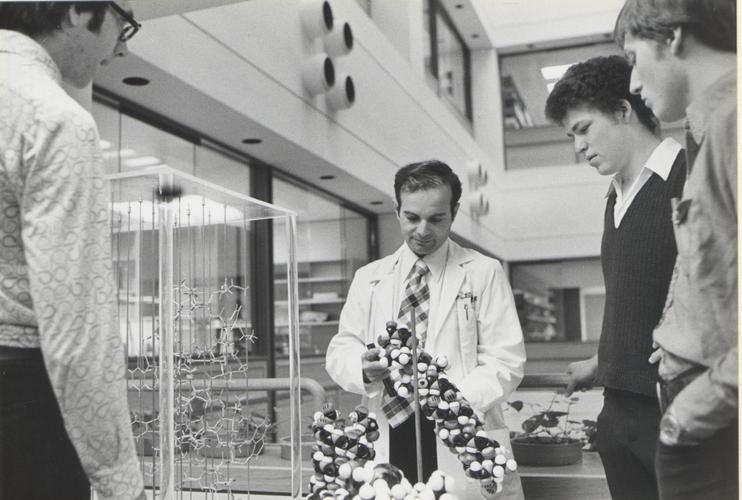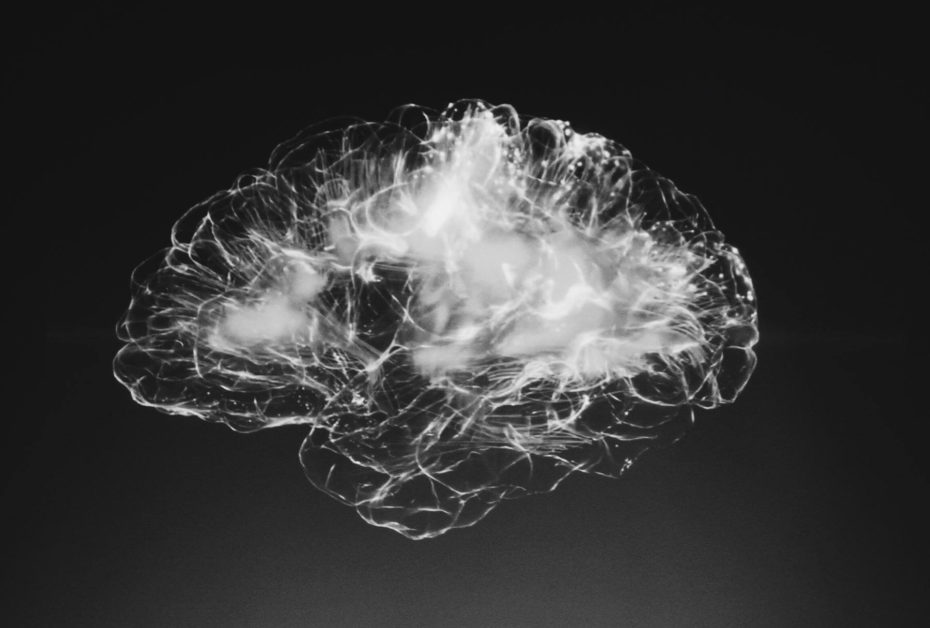Lubert Stryer’s pioneering work in biochemistry and the interplay of light helped the scientific world better understand DNA and how human eyes process light. Stryer is most well known for developing the “gene chip,” a new method of genetic analysis generating a high volume of compounds using light, with a relatively small number of steps to produce microarrays.
Stryer also made an impact in other areas of research including major contributions to understanding proteins on the molecular level, and used a method called fluorescence spectroscopy to explain how an eye’s retina processes light.
“Interdisciplinary research is the future, particularly as we seek a real understanding of the brain,” Stryer said of the field and how to better understand complex scientific mysteries.
Stryer holds more than 50 patents and is credited with at least 130 scientific publication — including his world renowned biochemistry textbook. Since the first edition of Biochemistry was published in 1975 it has been a staple in teaching biochemistry.
By Christine Ayala










